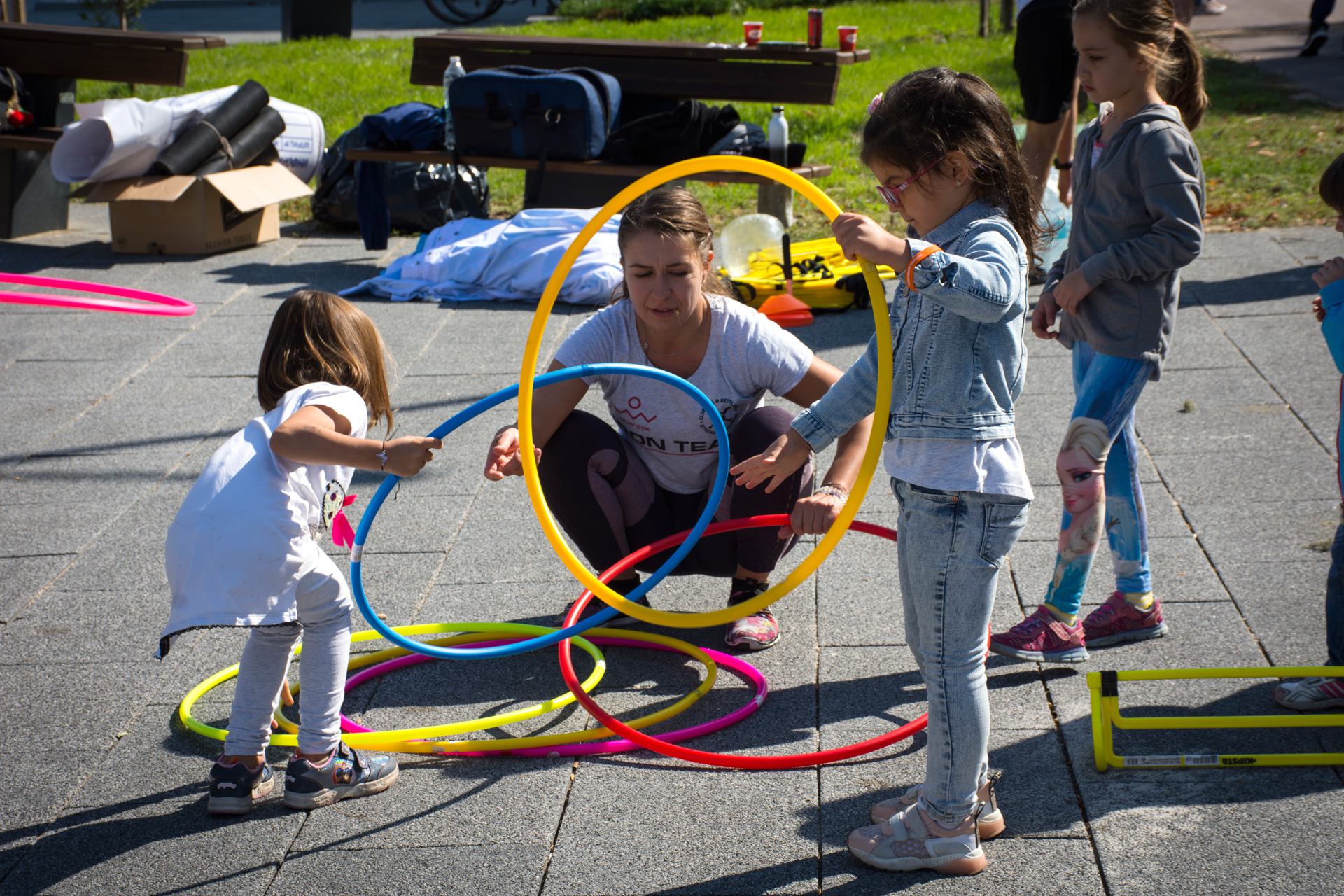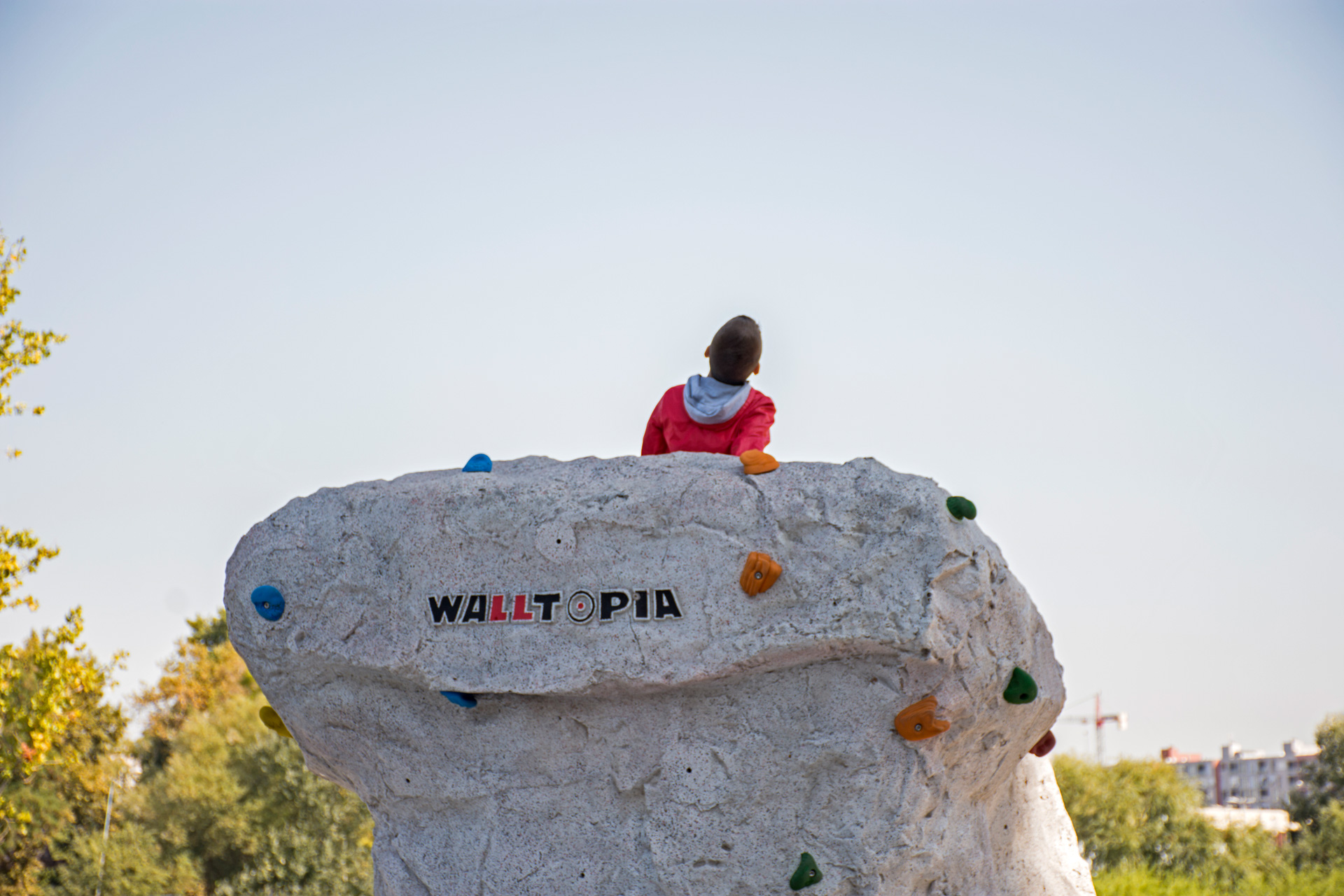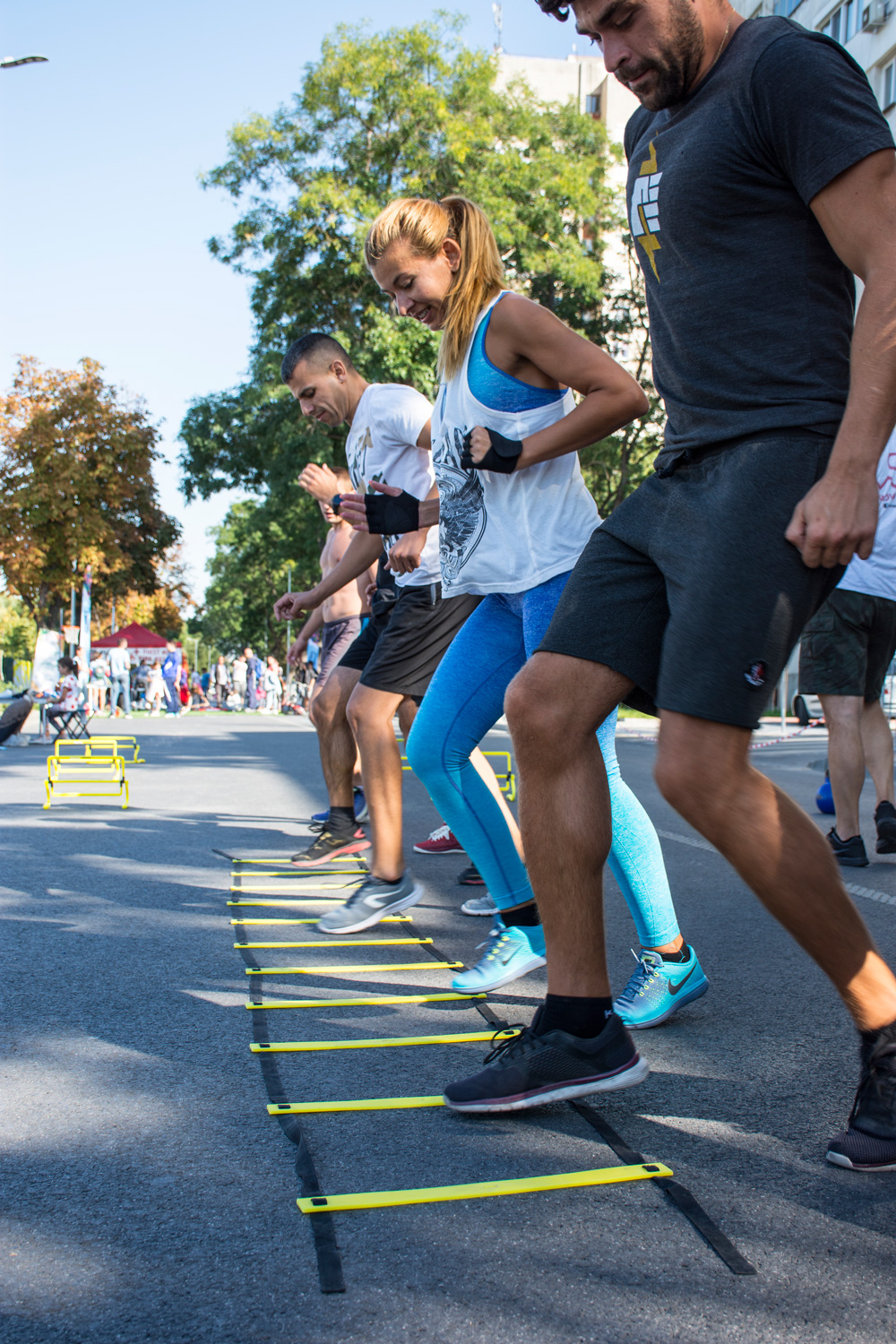How to use public spaces for physical activity

Insight from 4 European countries
Published on the website of the World Economic Forum, a 2021 article about the exercise habits of people across the world presents the findings of a survey conducted among 21,000 adults from 29 countries. The participants were asked how active they are in their daily lives and what stops them from being more physically active. Not having sports facilities - or people to play with - completed the top 5 reasons why people aren’t playing as much sport as they’d like.

Proper organizing of public spaces plays a major role in activating citizens both physically and socially. It makes sense that when you are in a supportive atmosphere surrounded by captivating sports grounds it’s easier and more joyful to do physical activities in the city.

Below, we present you insight from 4 different countries on making public spaces more oriented toward physical activities:
Spain
There are several good local authority initiatives in Spain that have proven to be sustainable and supportive of physical activity. The most notable is Turia Park, which has changed the behaviour of local residents - many people have started walking, cycling, playing, running and using it as a route to work. A similar case is Madrid Río, a riverfront restoration project where cultural and entertainment facilities are available in addition to physical activity ones.
The Spanish placemaking team also shares some suggestions for activating citizens, stakeholders and authorities:
- It is recommended to have a variety of activities, with each activity oriented towards a specific target group.
- The term placemaking is not known; rather using healthy cities or smart cities is well received.
- The leaders in Basque Country and Cataluña now support citywide sports campaigns in newly-organized places.
Bulgaria
In Bulgaria, tourist associations and informal youth groups are usually associated with the marking of routes to encourage physical activity and nature exploration. However, local businesses are also taking the opportunity to promote themselves by creating sports and recreational facilities, such as a fitness alley in Varna, a rope park in Blagoevgrad, and fitness facilities on beaches in Kiten and Primorsko.
Romania
In Romania, if initiatives are delivered mostly by the public authorities, they are appreciated on a more local, community level. This trend is observable from the projects Adopt a Park!, Suceava is moving and Promenada de sub Tâmpa - Tiberiu Brediceanu Park, which proved successful in safeguarding and ameliorating pedestrian and green areas by relying on both local and European funds. Nevertheless, a common challenge was to form a legal basis to protect the areas from cars and bikers from damaging the newly installed leisure facilities. Apart from this, these initiatives proved overall sustainable due to the inclusive and diverse outdoor facilities installed, allowing different users to access the space.
Another more recent and successful project is the PUMP TRACK Oradea. Specifically designed to address the needs of young people who use skateboards and BMX bikes, addressing, in this way, the lack of proper sports facilities.<
Poland
An example of successful placemaking results in Poland is the “Szaber Bowl” skate park in Warsaw, under the Poniatowski Bridge. Inside the bare structure of a never-finished shopping centre, a multi-storey illegal skate park is functioning with the connivance of the municipal government. The skate park users created their own rules and ensured order and security. What makes this place particularly appreciated is the bridge that serves as a roof, which allows the location to be used at any time of the year.
We hope that the above-mentioned successful practices of activating people, local authorities and leaders will encourage you to change the street, district, region or even the city where you live.
Below you can also find a series of universal infrastructural factors that can - if of high quality - motivate physical activity in the public environment. These include the following criteria:
Safe. Do all the users feel secure, and is the environment perceived positively regarding crime? This is important for vulnerable populations, such as children, POC, women, and the elderly.
Physically barrier-free. Is the user able to traverse across without impediments? This is important for those who use wheelchairs, the handicapped, and those less agile.
Close proximity. Is the physical distance within manageable proximity on foot? Inherently, routes and destinations must be reachable for the users, especially those with vulnerabilities.
Pedestrian infrastructure. Are the sidewalks, signs, and seating options present and in good condition? This is a basic need for users to be able to rest if they become fatigued - especially for the elderly, pregnant, or ill.
Cosmopolitan features. Are there seductive, leafy, and creative qualities to the streetscape and plinth? This directly relates to creating an environment for the eye level and while also deeply considering the human scale.
Additional trigger words: crowdedness, width of sidewalks, protection from sun, wind, rain, snow and finally, fear of cars.
More about the Park(ing) Day for Fitness project:
The mission of the Park(ing) Day for Fitness events is to draw attention to the many (untapped) opportunities our cities offer for physical activity, the need for more outdoor spaces where people can exercise safely, and to provoke public debate on how to adapt in times of crisis and improve the quality of the urban environment. The project also aims to highlight the urban features of public spaces in modern cities, specifically parking spaces, and how they can contribute to promoting physical activity.
Park(ing) day for Fitness is funded by the European Union. The project coordinator is BG Be Active, and the other partner organizations are Placemaking Europe, Association Sport for all Suceava (AJSPT Suceava), V4 SPORT FOUNDATION, Azur Sport Sante, and XsentrikArts. Views and opinions expressed are however those of the author(s) only and do not necessarily reflect those of the European Union or EACEA. Neither the European Union nor the granting authority can be held responsible for them.
